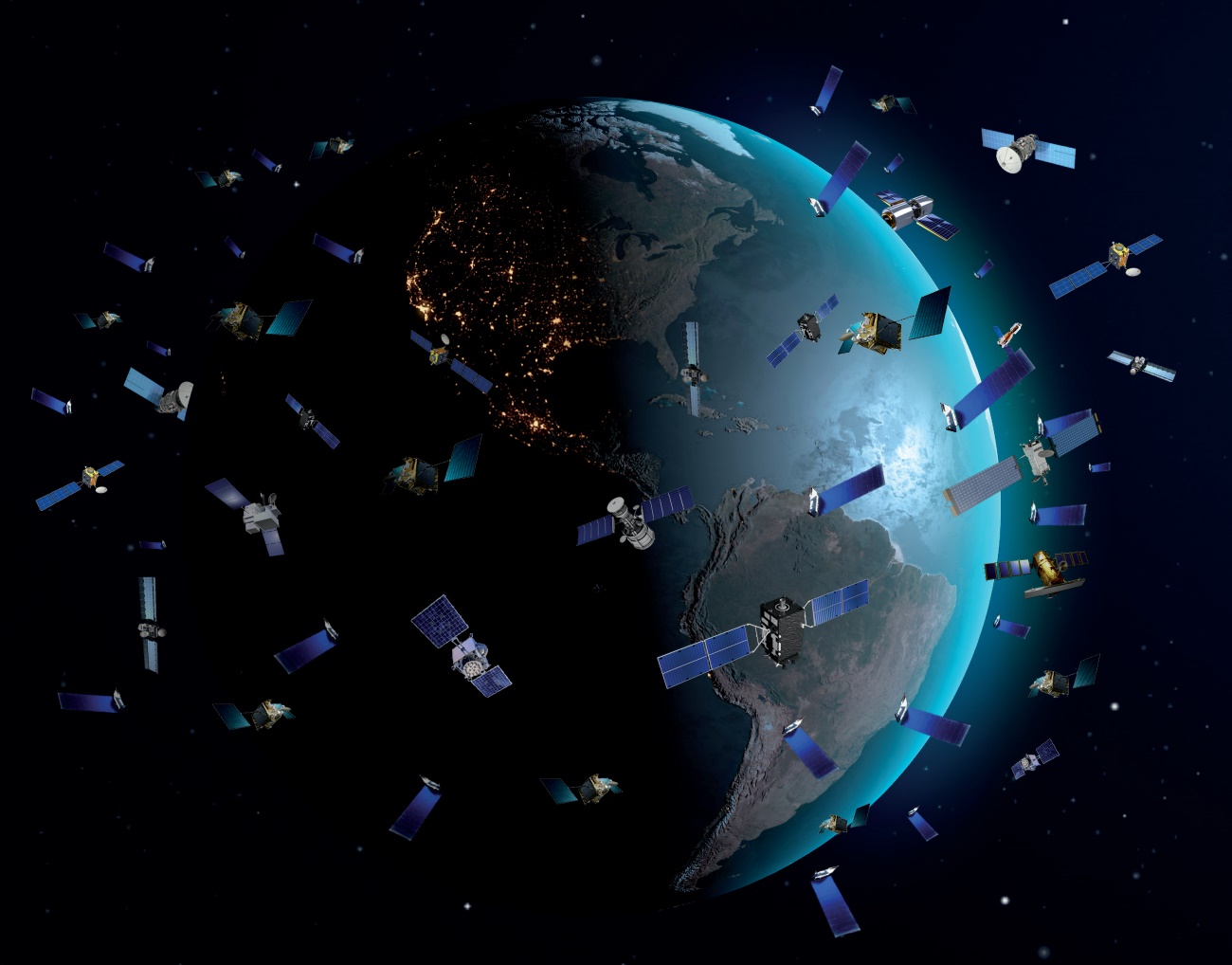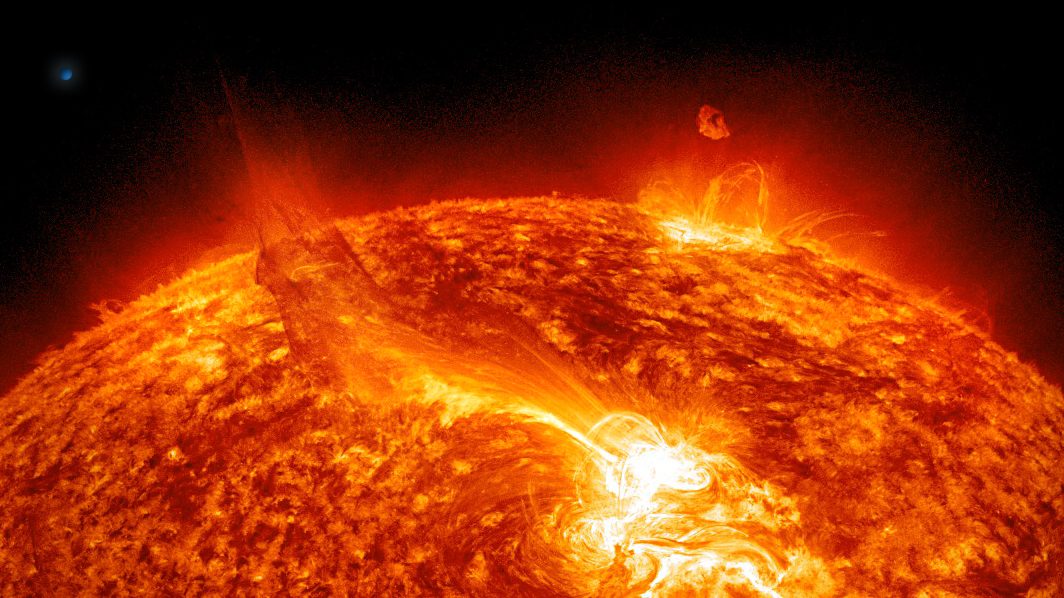Space Weather Forecast Is Ominous

What’s the Latest Development?
Scientists estimate that within the next decade, there is a 12% chance a solar storm will cause massive power outages on Earth, yet our electrical systems remain woefully unprepared for this eventuality. The last solar storm to do significant damage occurred in 1989 when Quebec’s electricity grid crashed, leaving 6 million people without power and costing $2 billion in repairs (at 1989 prices). To better understand space weather patterns, Mike Hapgood, a space weather scientist at the Rutherford Appleton Laboratory near Oxford, England, wants to convert historical data taken from newspapers into sets of digital data points.
What’s the Big Idea?
Solar storms, distinct from solar flares, are disturbances in the sun’s magnetic field which cause the sun’s plasma to erupt, hurling charged particles outward from its surface. If those particles head in the direction of Earth, our own magnetic field is vulnerable to disruption. And given our reliance on modern power systems for even basic tasks, such as pumping water into houses and waste out of them, we are more vulnerable to disruptive space weather than we imagine. “The biggest step is to make more and more people aware of the issue,” said Hapgood, “so they’re thinking about it in the way they design things. That’s the most critical part.”
Photo credit: Shutterstock.com





